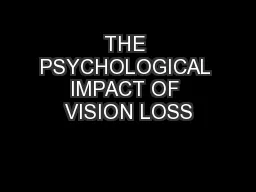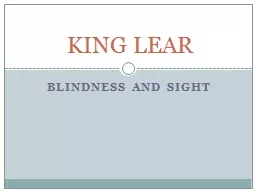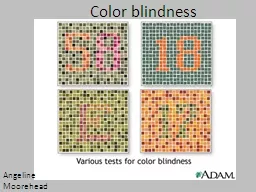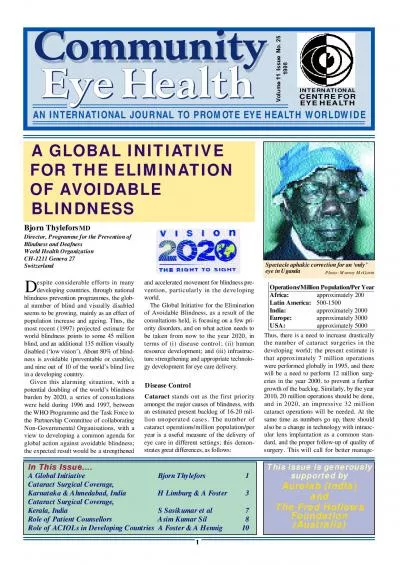PPT-VISUAL DEFECTS 3 COLOR BLINDNESS
Author : alis | Published Date : 2022-05-15
Inability to see specific colors The term color blind does not mean that objects are seen only in black and white Total color blindness is very rare There are
Presentation Embed Code
Download Presentation
Download Presentation The PPT/PDF document "VISUAL DEFECTS 3 COLOR BLINDNESS" is the property of its rightful owner. Permission is granted to download and print the materials on this website for personal, non-commercial use only, and to display it on your personal computer provided you do not modify the materials and that you retain all copyright notices contained in the materials. By downloading content from our website, you accept the terms of this agreement.
VISUAL DEFECTS 3 COLOR BLINDNESS: Transcript
Download Rules Of Document
"VISUAL DEFECTS 3 COLOR BLINDNESS"The content belongs to its owner. You may download and print it for personal use, without modification, and keep all copyright notices. By downloading, you agree to these terms.
Related Documents














